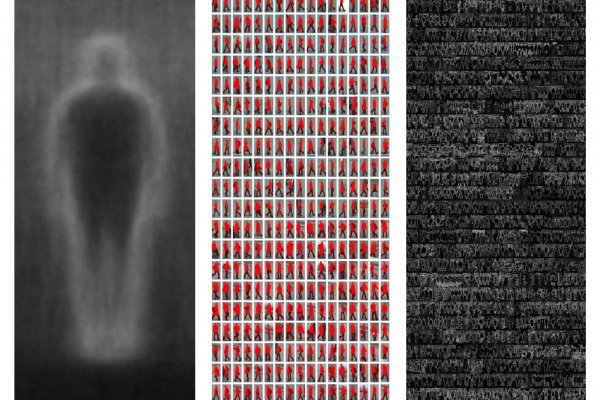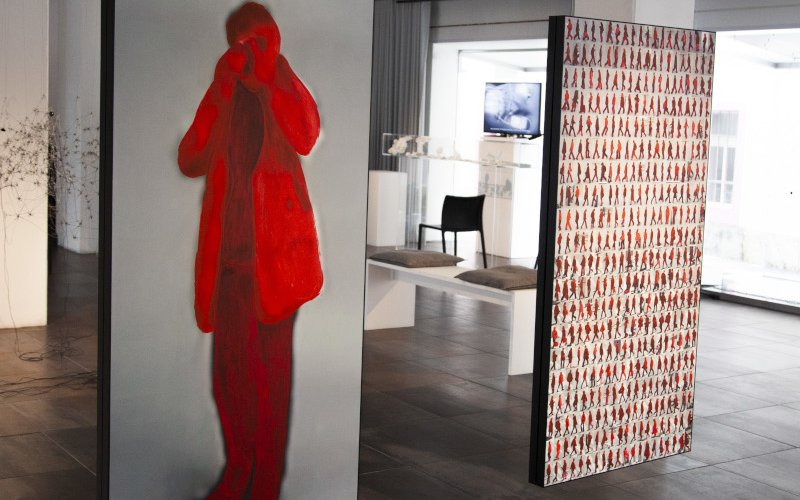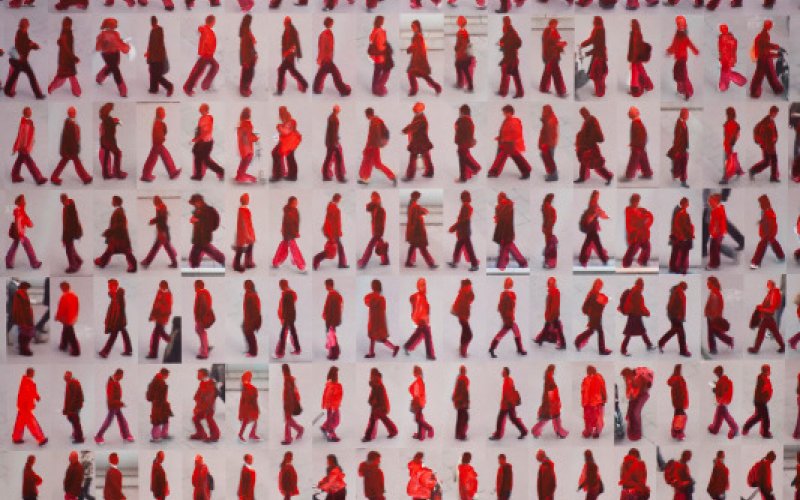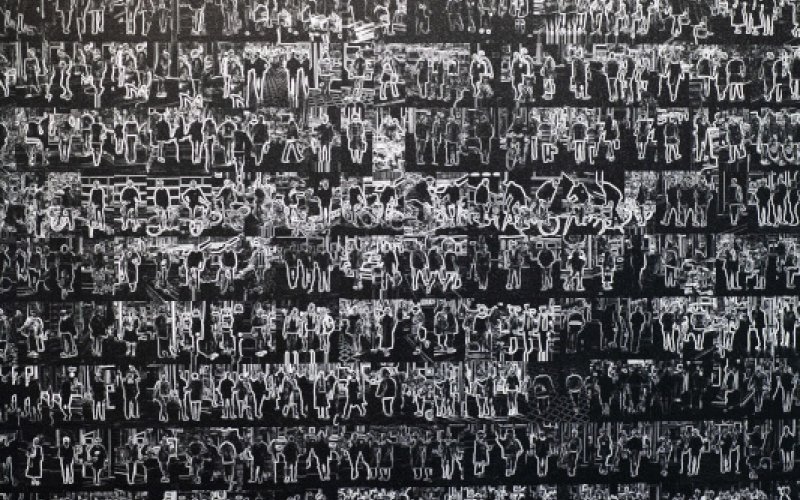Machine Learning City

„The project ‘Machine Learning City‘ explores the new reality of cities as datasets. But the often overlooked part of this reality is the story behind the data. How was it acquired and who might be in the dataset? ‘Machine Learning City‘ tells the story of a now famous pedestrian detection dataset, which actually originated in Graz in 2003. During the next decade, this dataset became the most widely used pedestrian detection dataset in the world. People from Vienna, Graz, as well as the neighboring city Leoben, play a unique and historic role in the ability for computers to see and understand people.“ [Adam Harvey]
For years, Harvey has been researching the social impact of networked data analysis technologies. One focus of his work is on digital image technologies, such as those used in surveillance cameras with face recognition. What role do places and people in Graz play in the creation of surveillance algorithms that are used worldwide by secret services, security companies, and self-propelled cars? What is the significance of individual consent in the use of images in the digital age - an age in which images take on a life of their own, act beyond our control, and steer invisible technologies we use every day? Whether it's camouflage make-up to avoid facial recognition (CV-Dazzle, 2010) or geolocation deception devices (Skylift, 2016) that make any phone think they're in the Ecuadorian Embassy in London, Harvey's work revolves around surveillance, IT security and the future of biometric information in the context of privacy. Many works by the US media artist use artistic interventions to mediate between invisible but powerful mechanisms and images and their influence on our daily lives. "We need to rethink visual privacy and the consequences of publicly posting photos. A very small image can provide a large amount of information.
Machine Learning City opens up a new aesthetic value to us, which in recent years has been called "New Aesthetic" - a term that author and artist James Bridle coined in 2011 to give a name to an artistic movement whose technologized appearance introduced a new visual regime. The images are highly political in that they show how we program our future.
Harvey addresses the question of the right to one's own image in the context of urban discourses such as surveillance, public space, and digitalization,
„Citizens aren’t aware that when they go outside and walk down the street there is a possibility that they are walking right into someone’s research project. When people are unknowingly captured for research and then distributed to surveillance companies around there world, there is a clear breach of ethics and privacy. As cities move towards further integration with artificially intelligent infrastructures will there be any limits on visual data consent?
If we reframe computer vision as a type of wireless data, then we can imagine computer vision will have as much impact as WiFi, which is to say it will have a significant impact on the way we navigate and interact with the world.“ [Adam Harvey]
Kooperation:
Machine Learning City was first shown at esc mkl as part of the Elevate Festival 2018 and financed by Elevate Arts, Curator: Berit Gilma.



